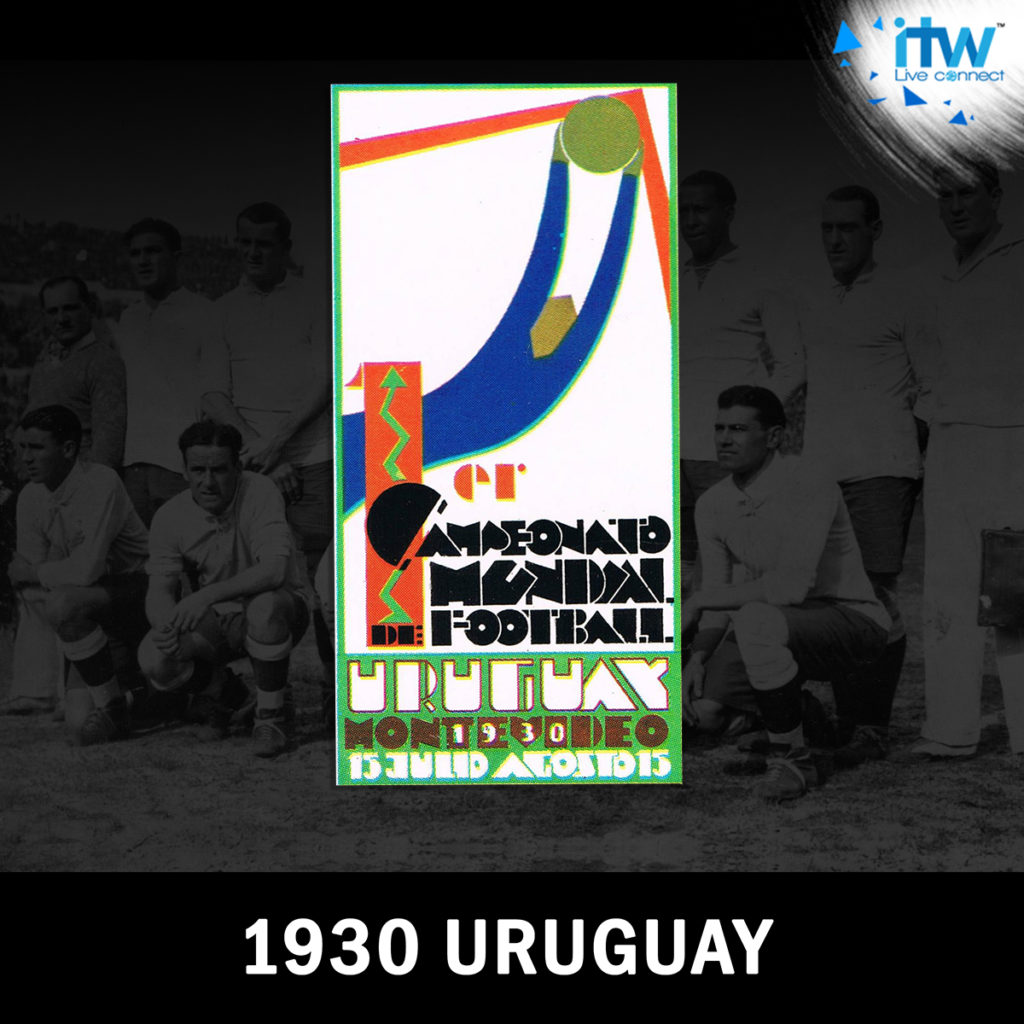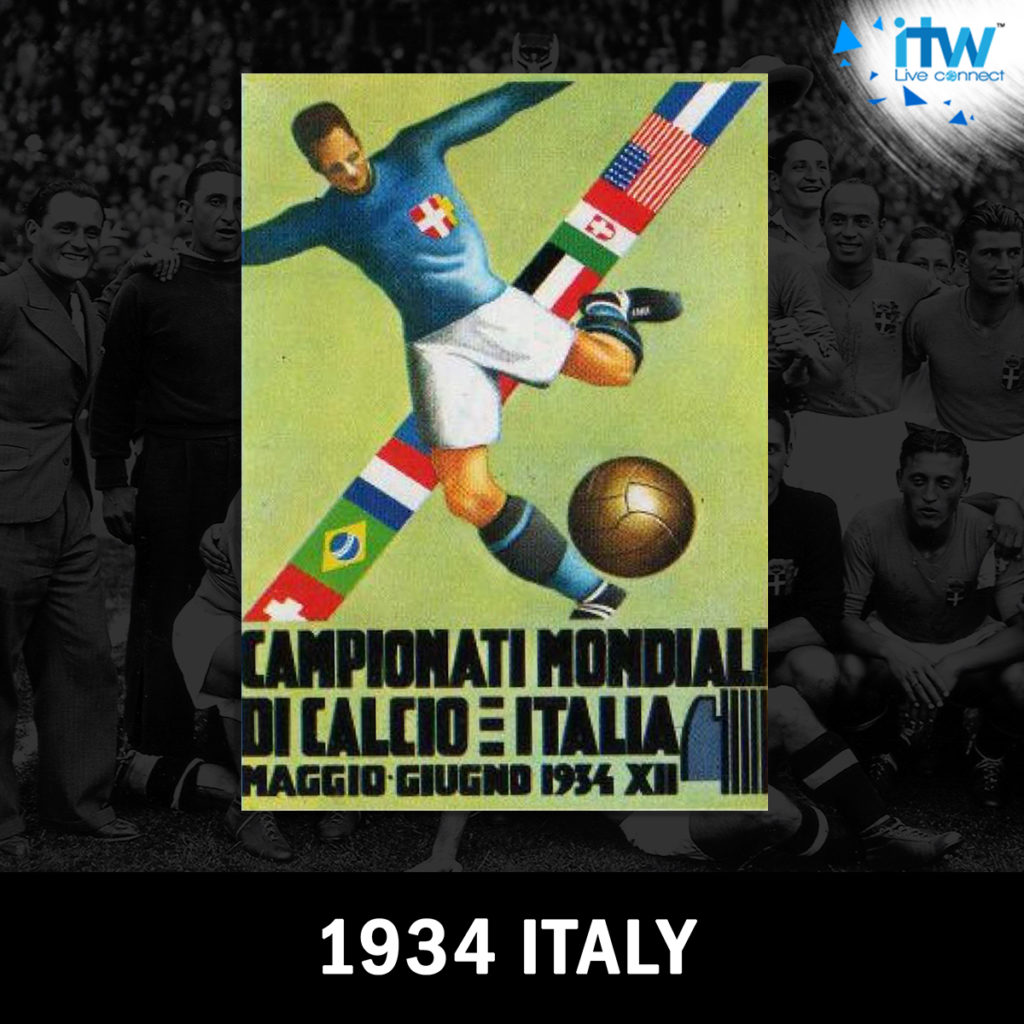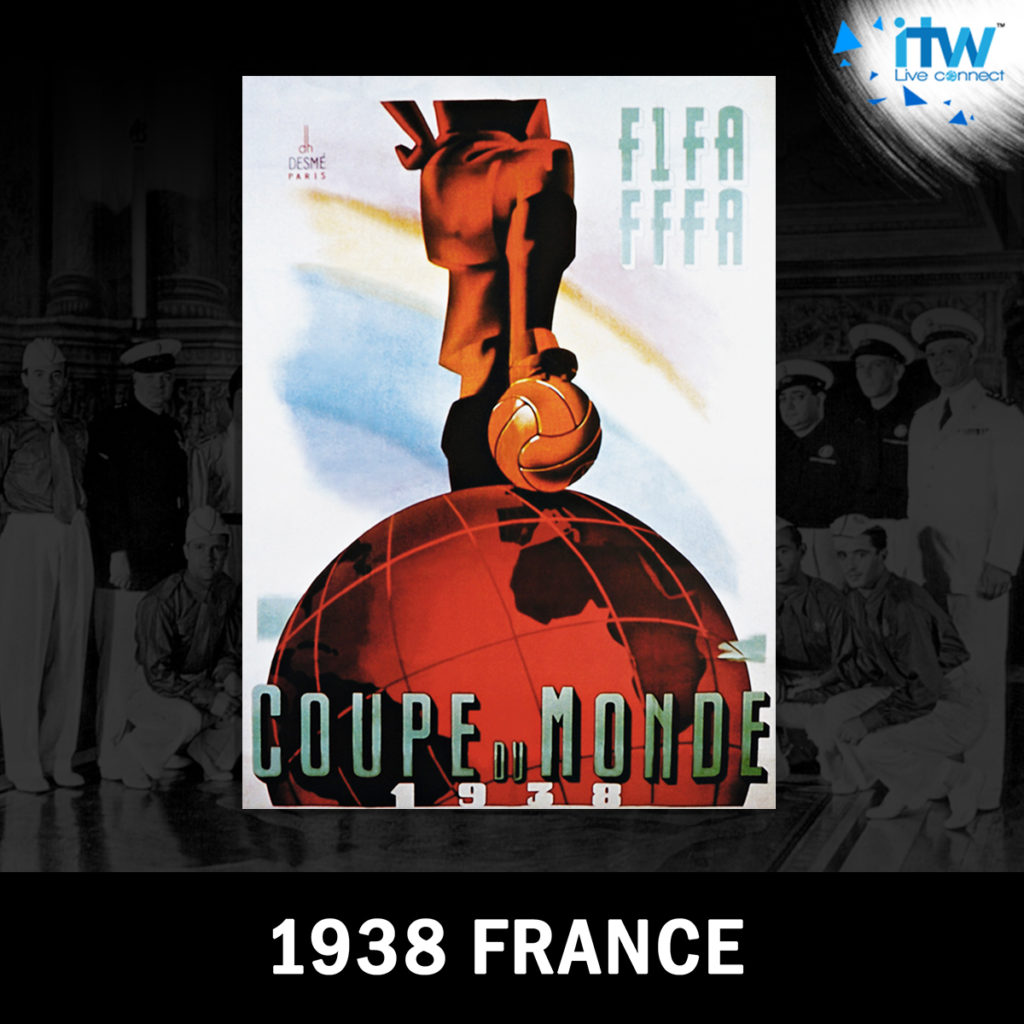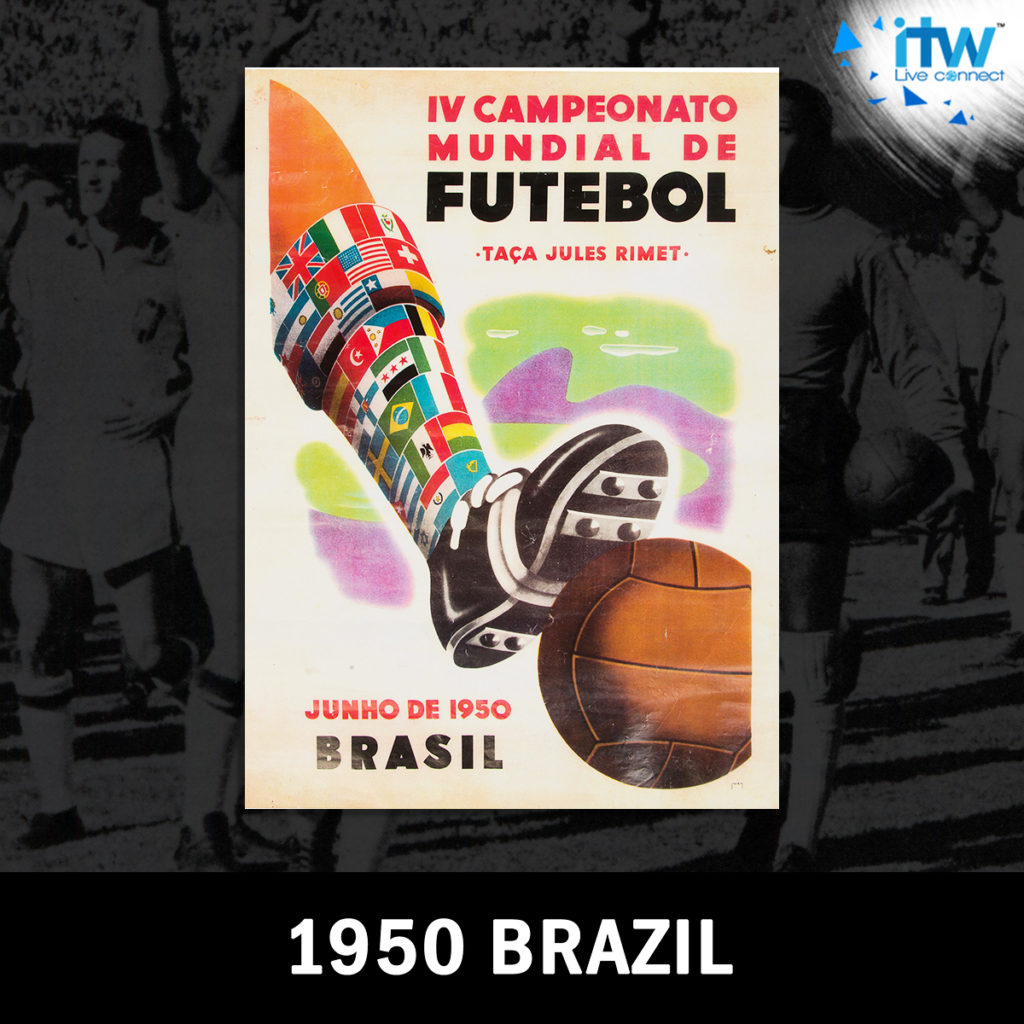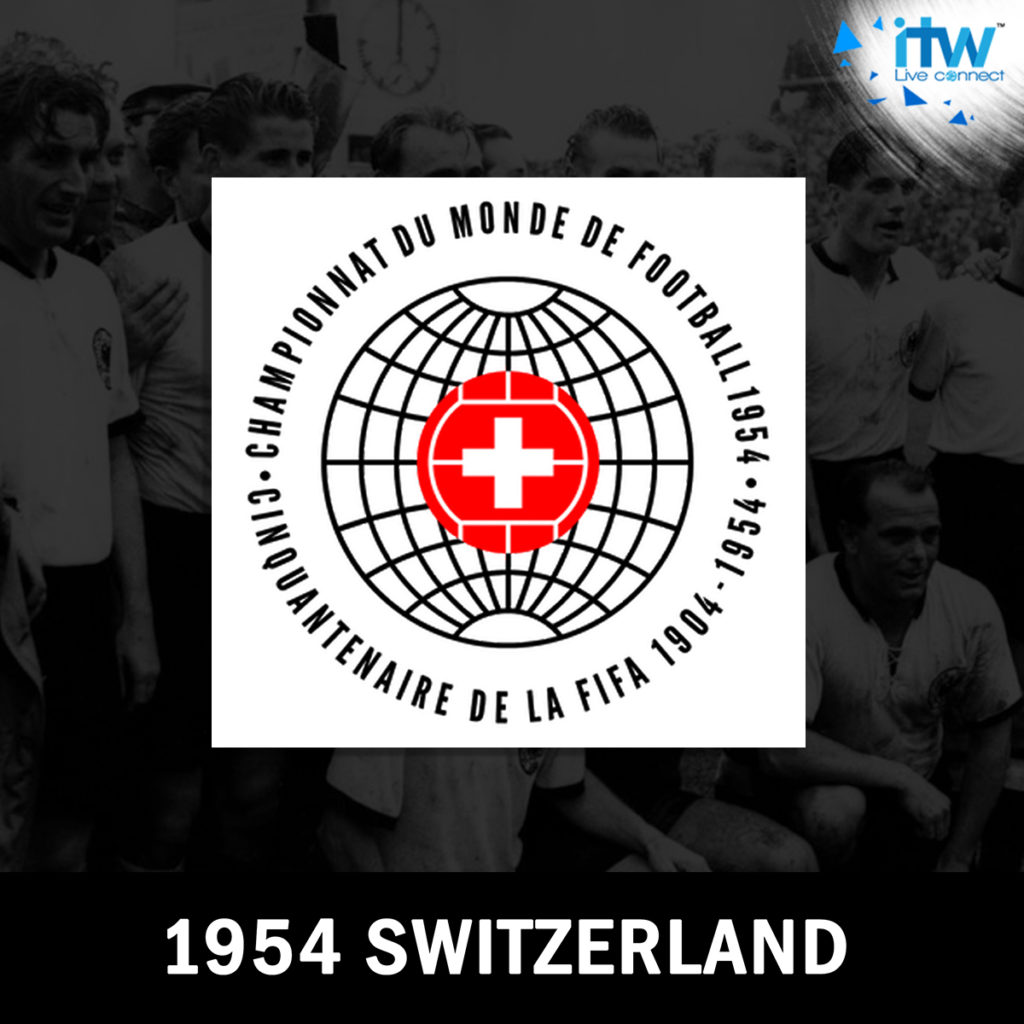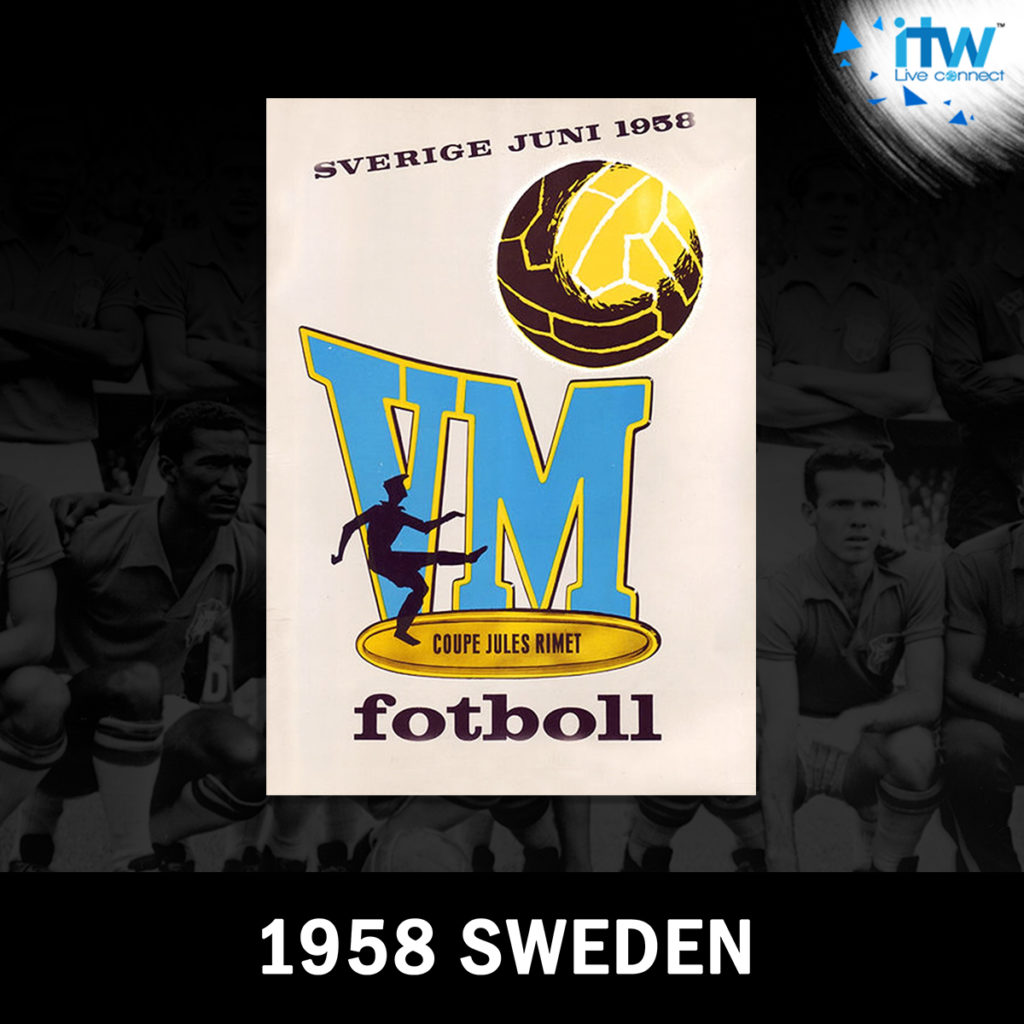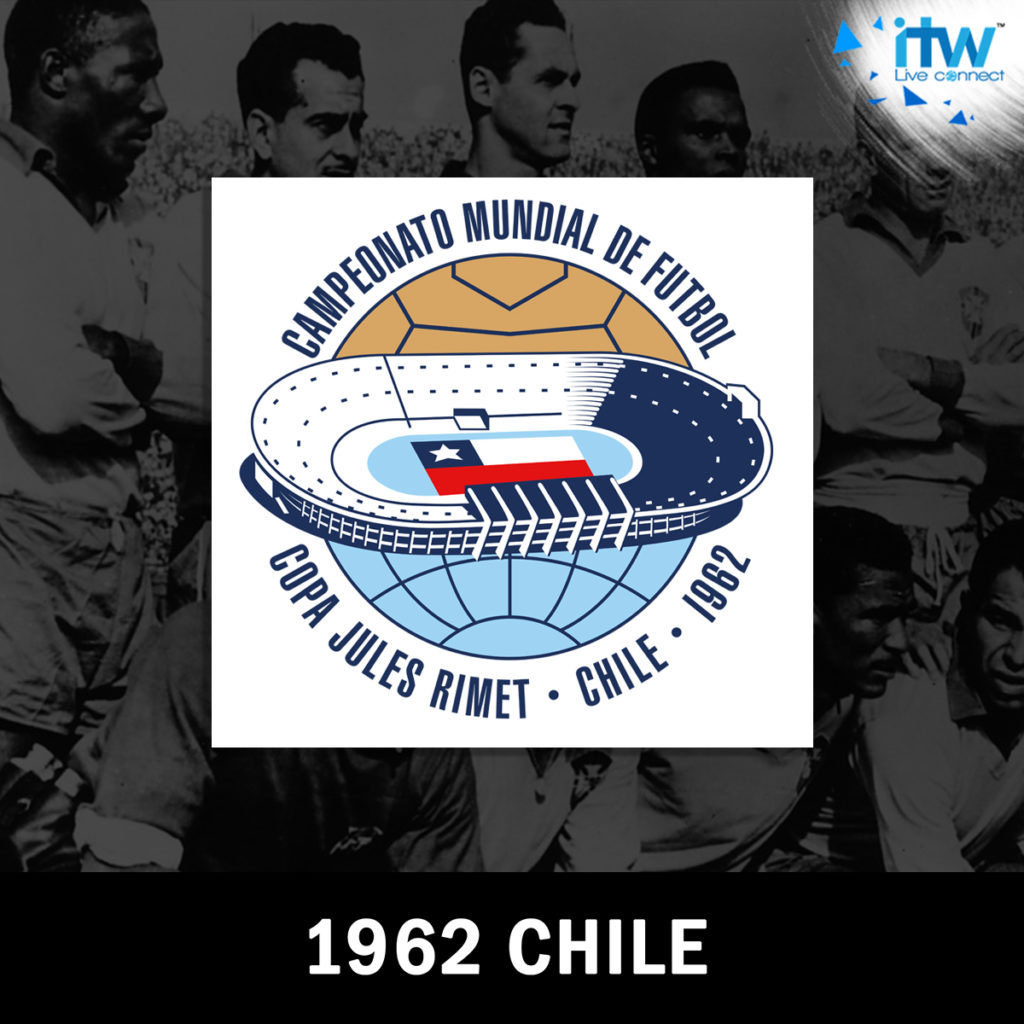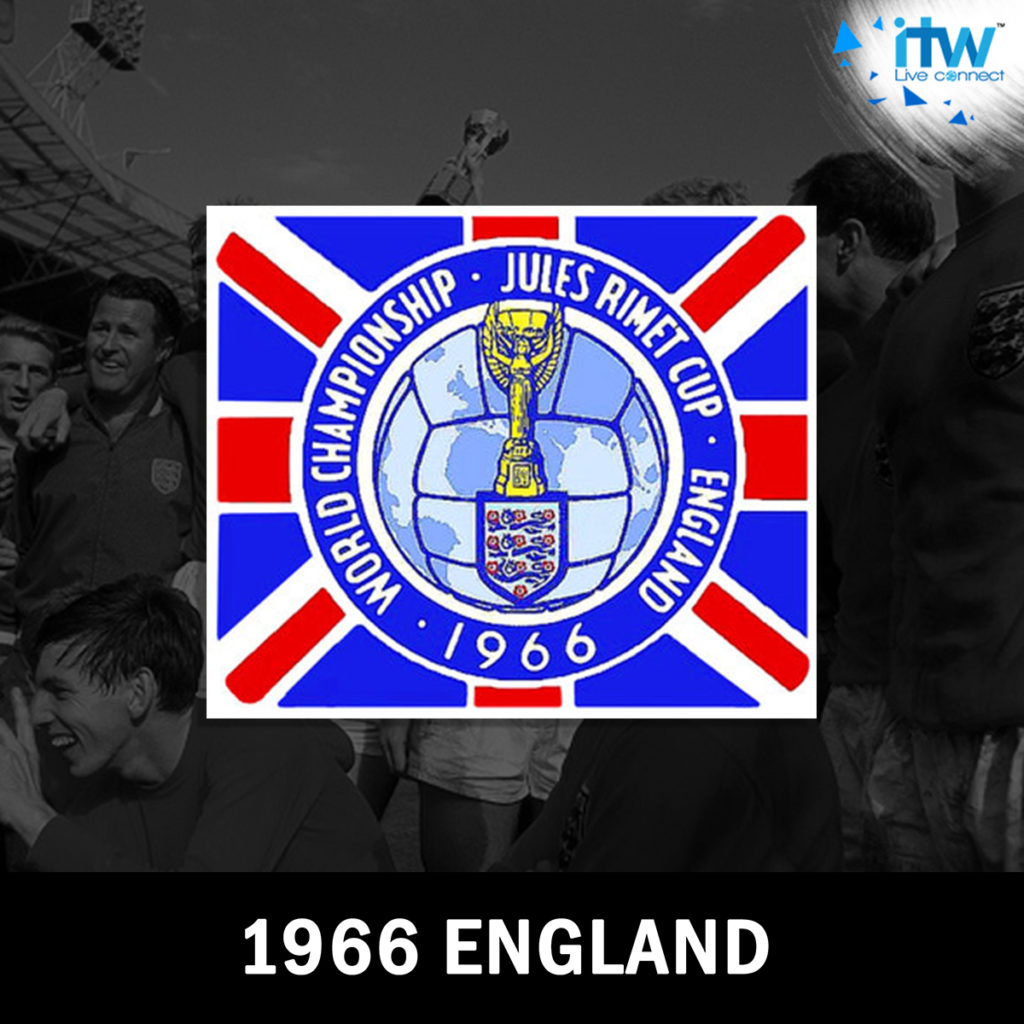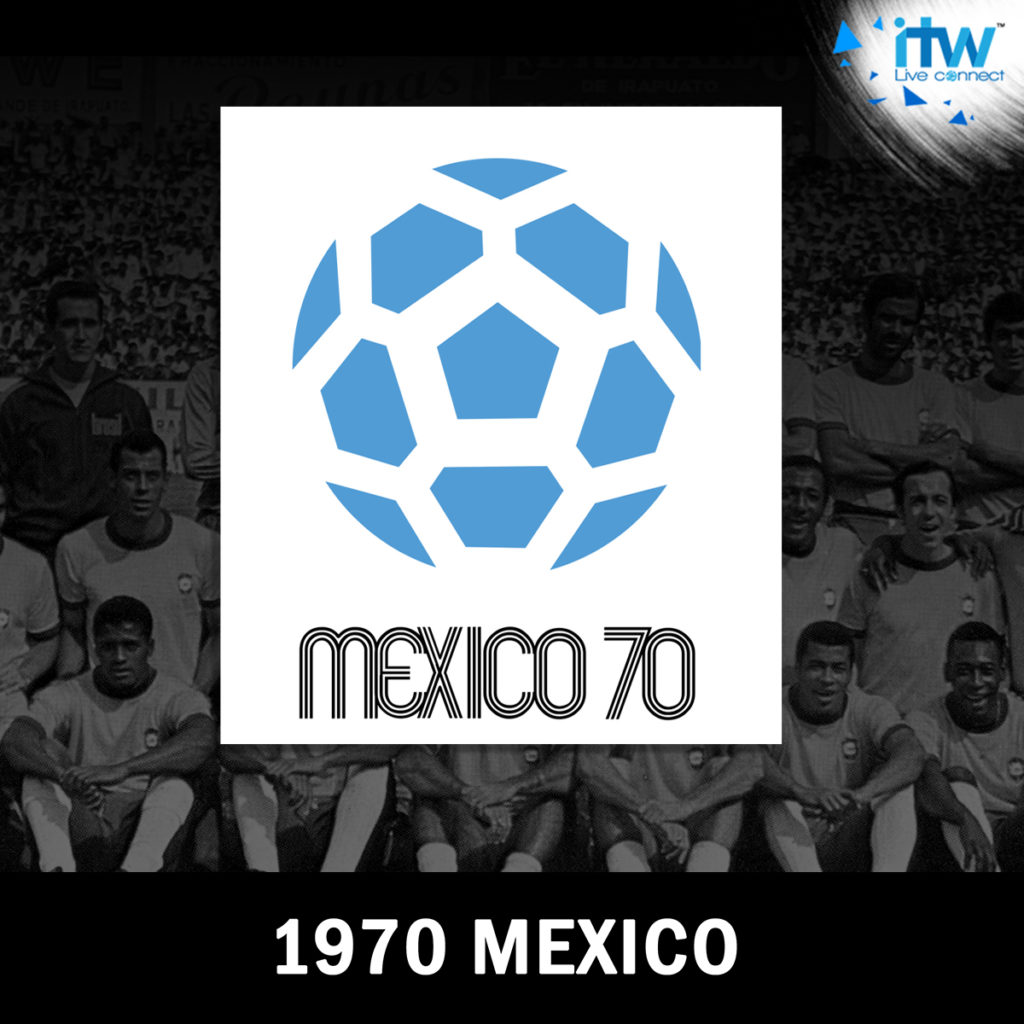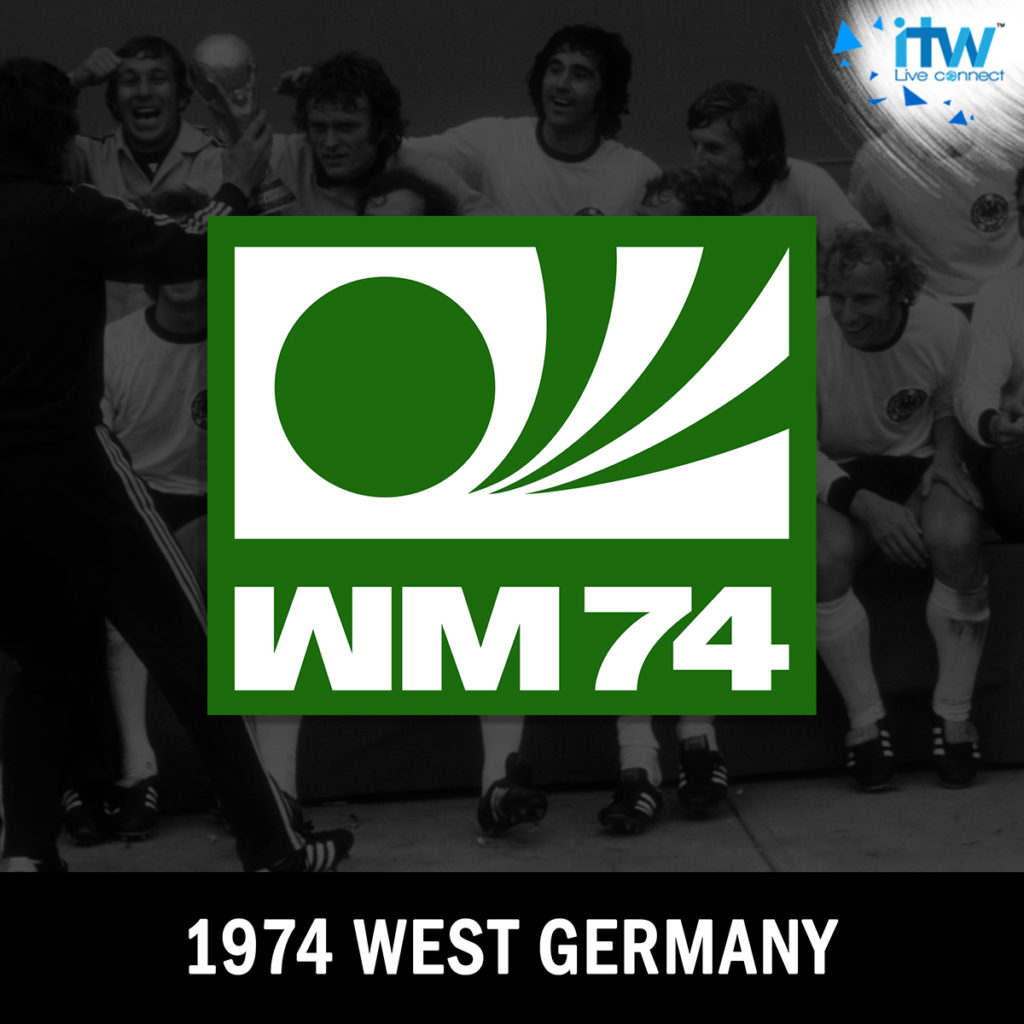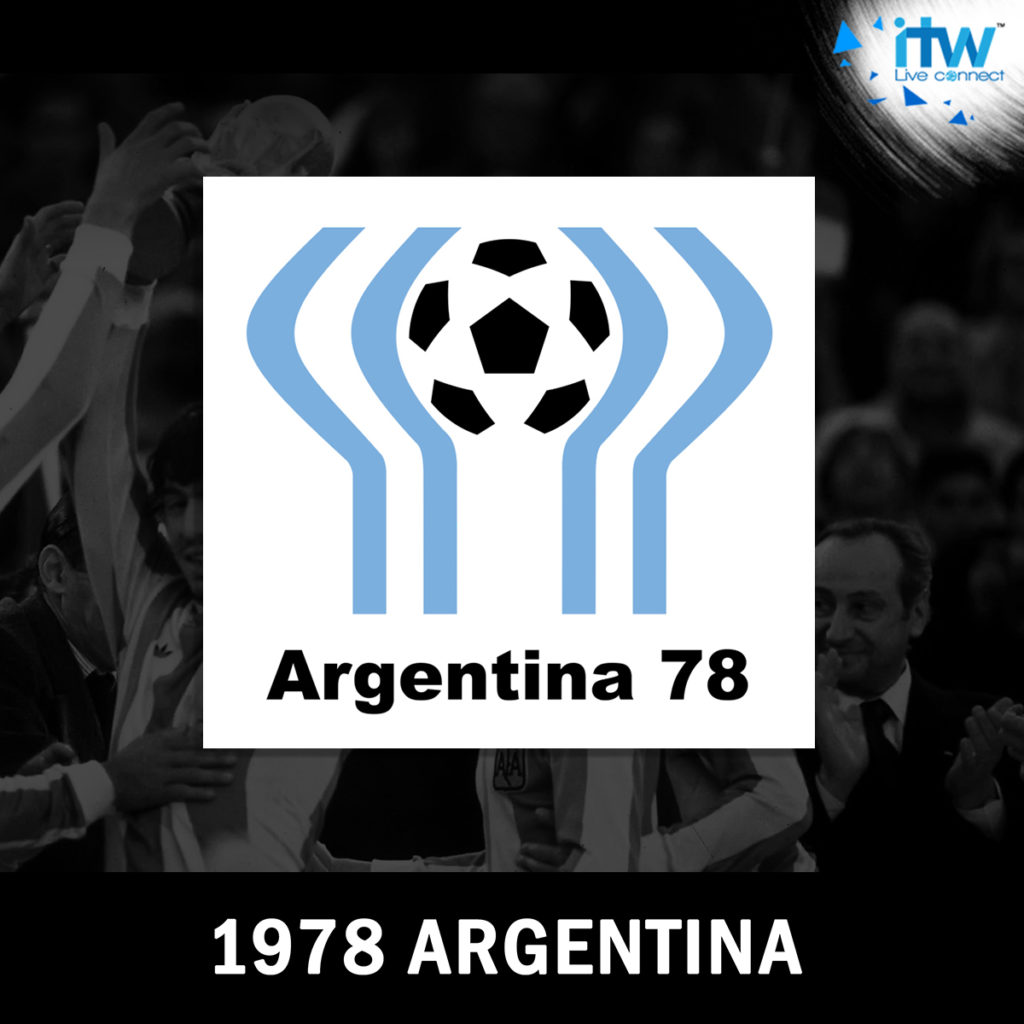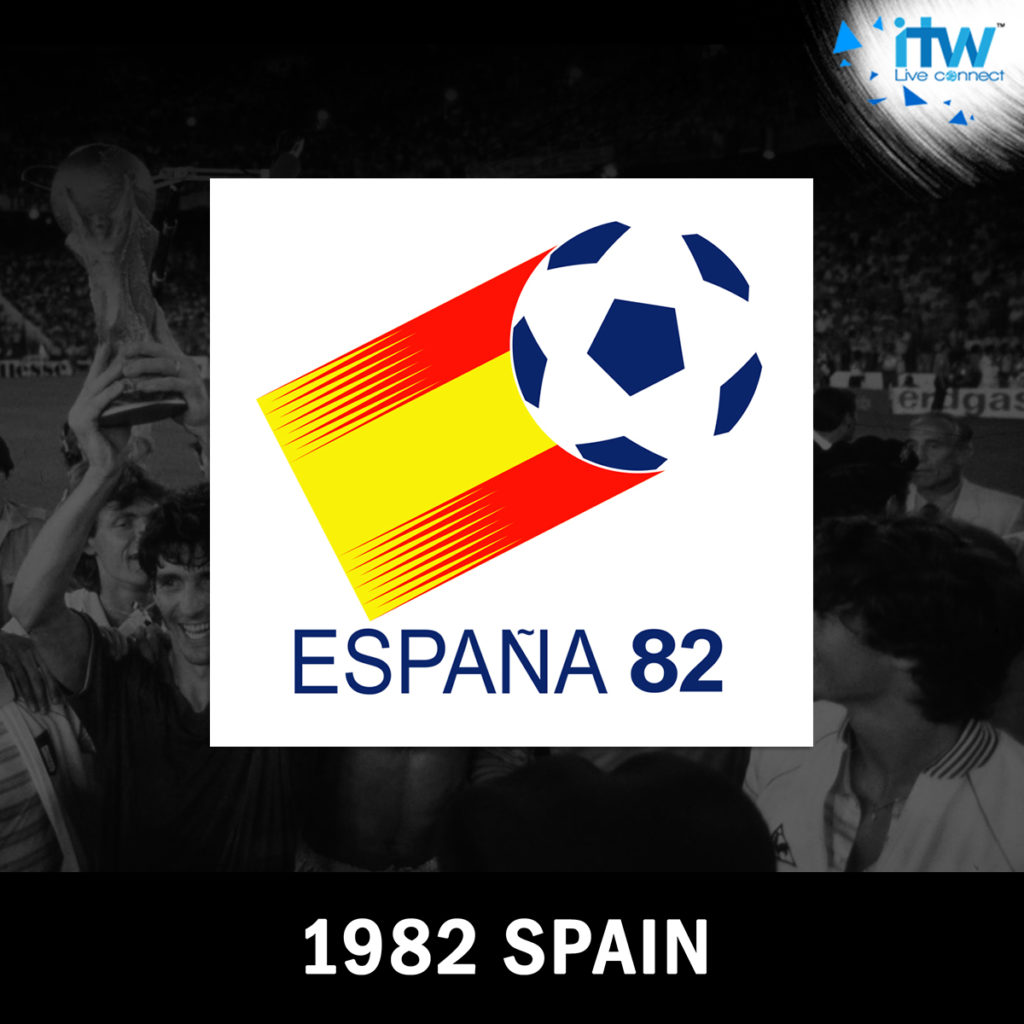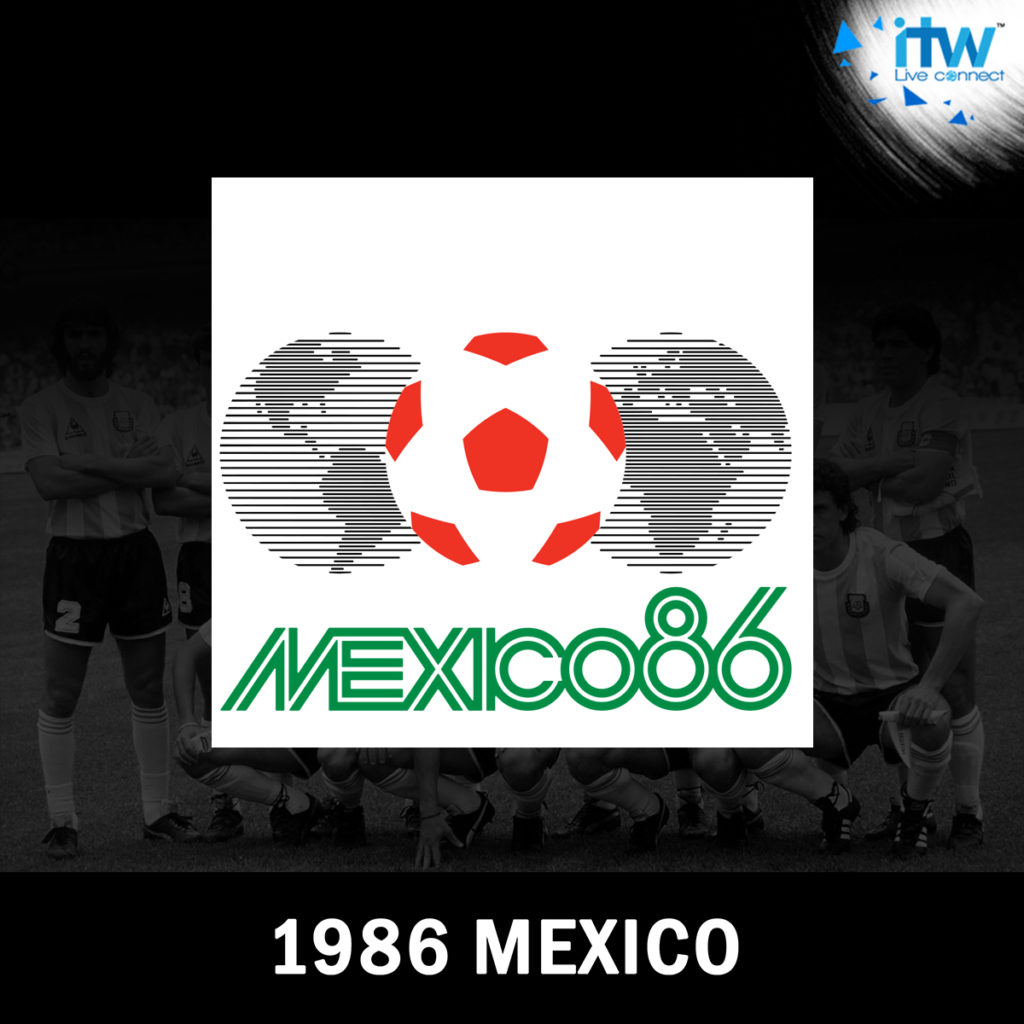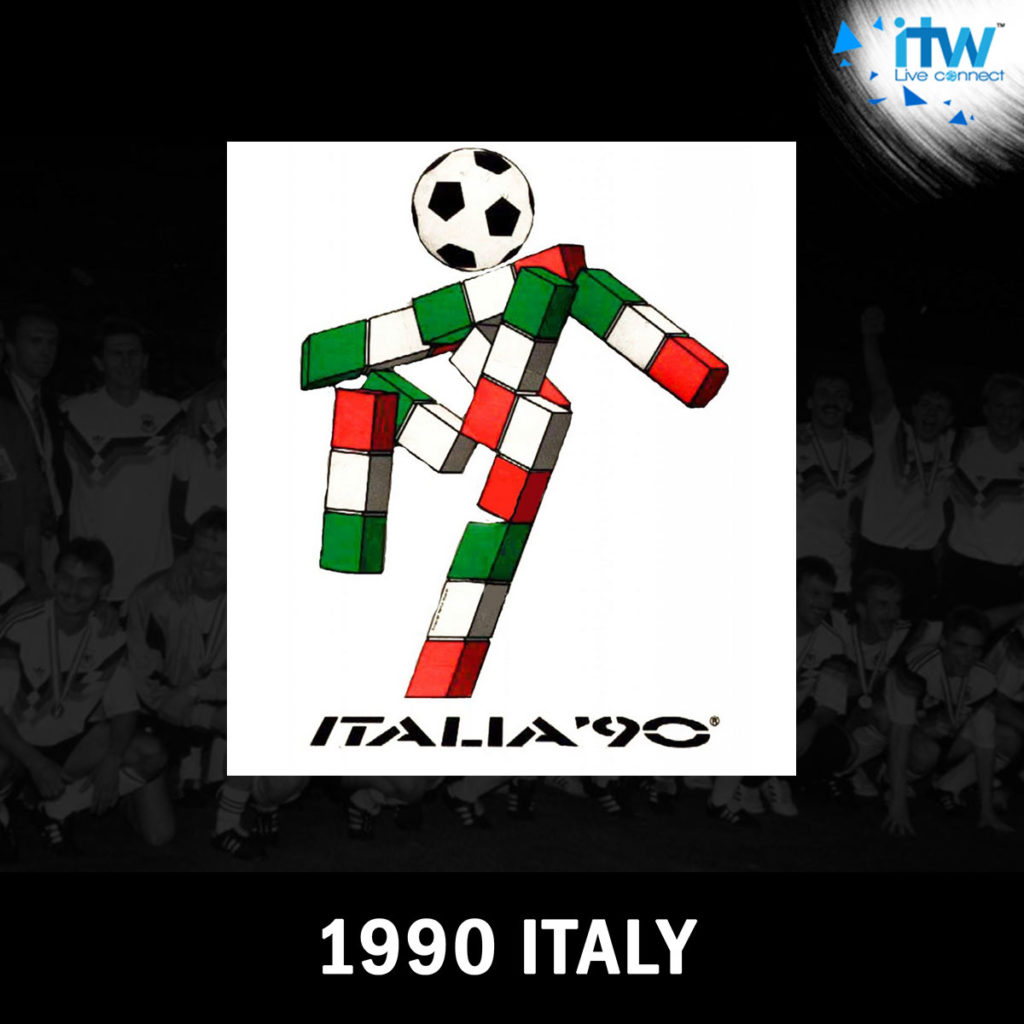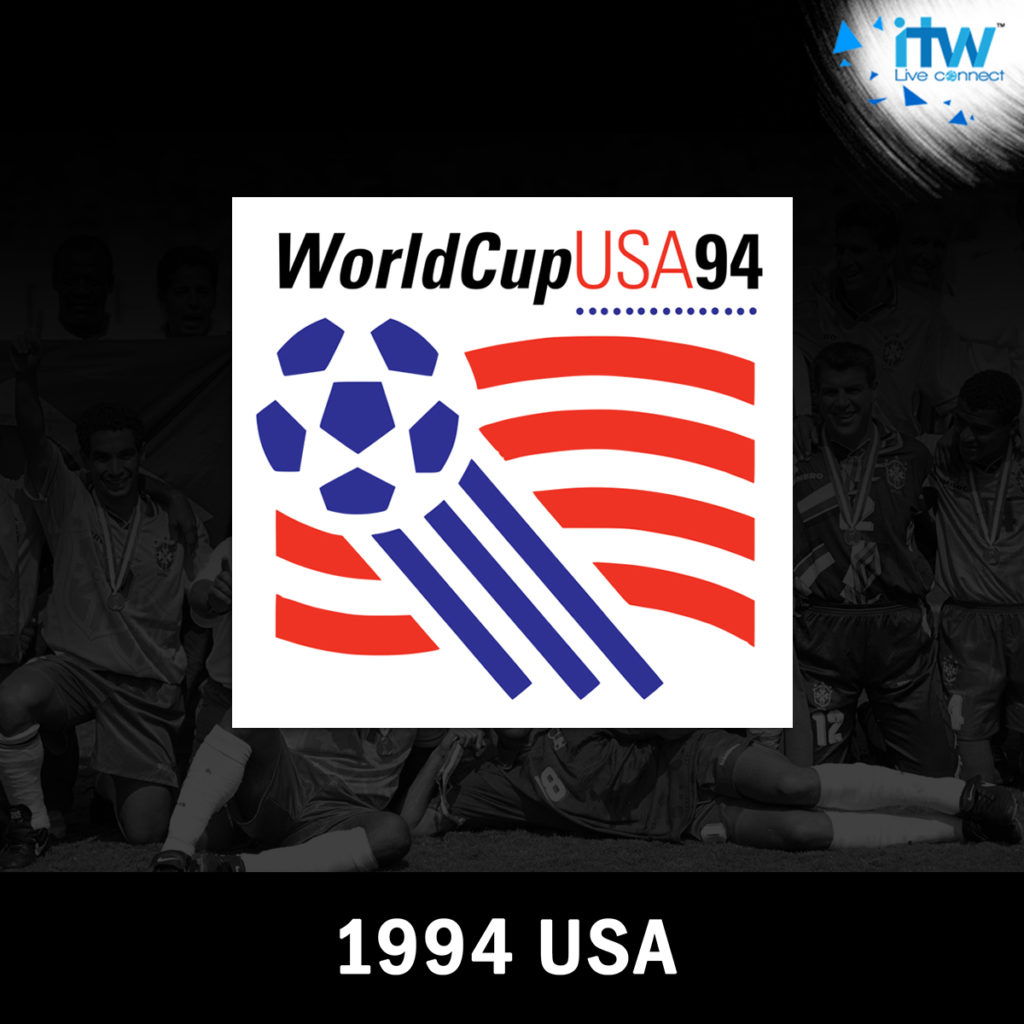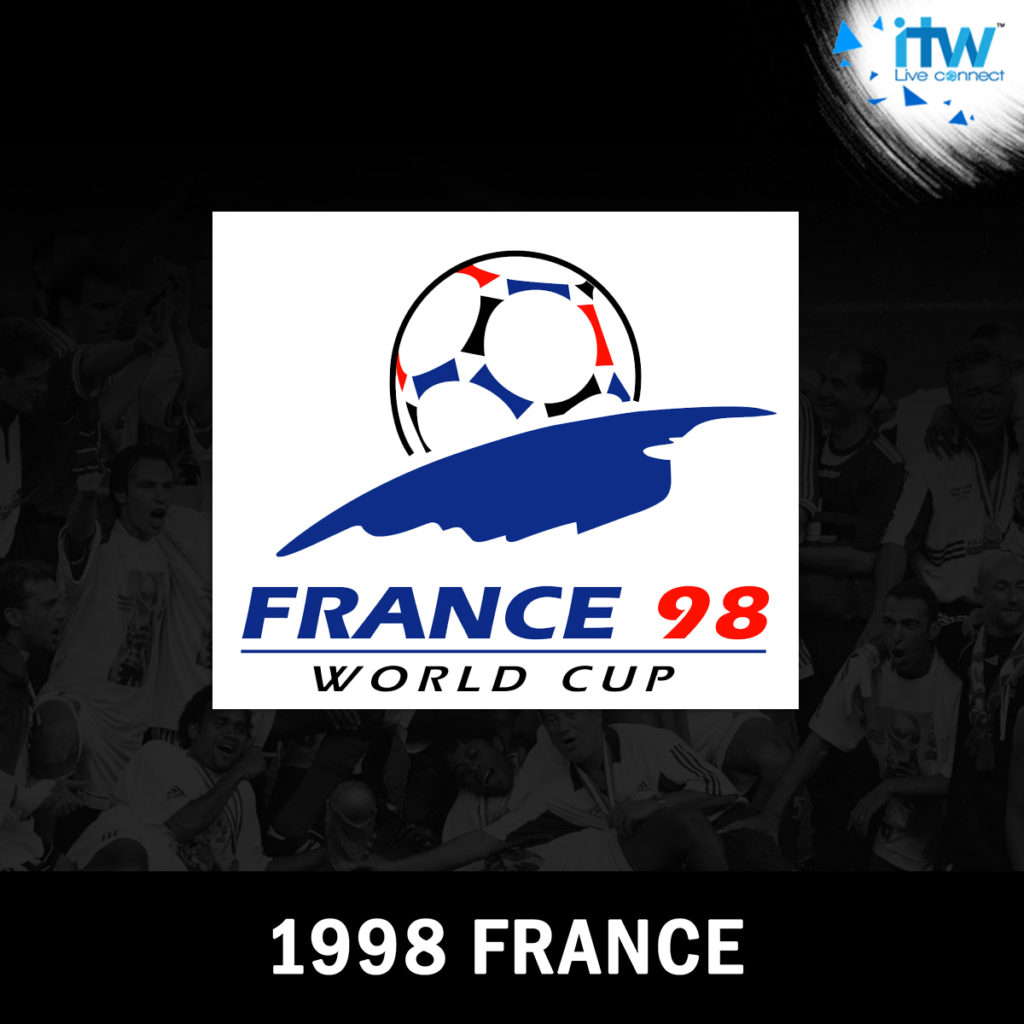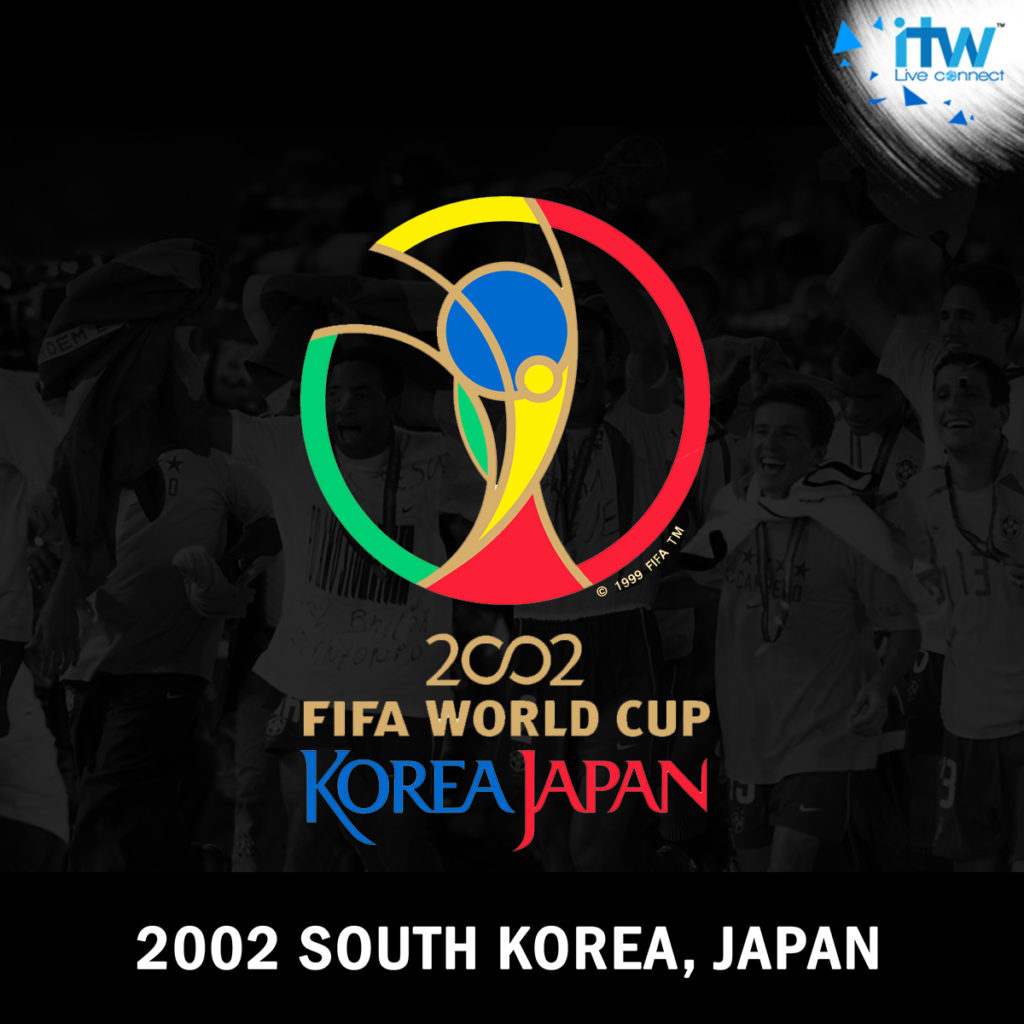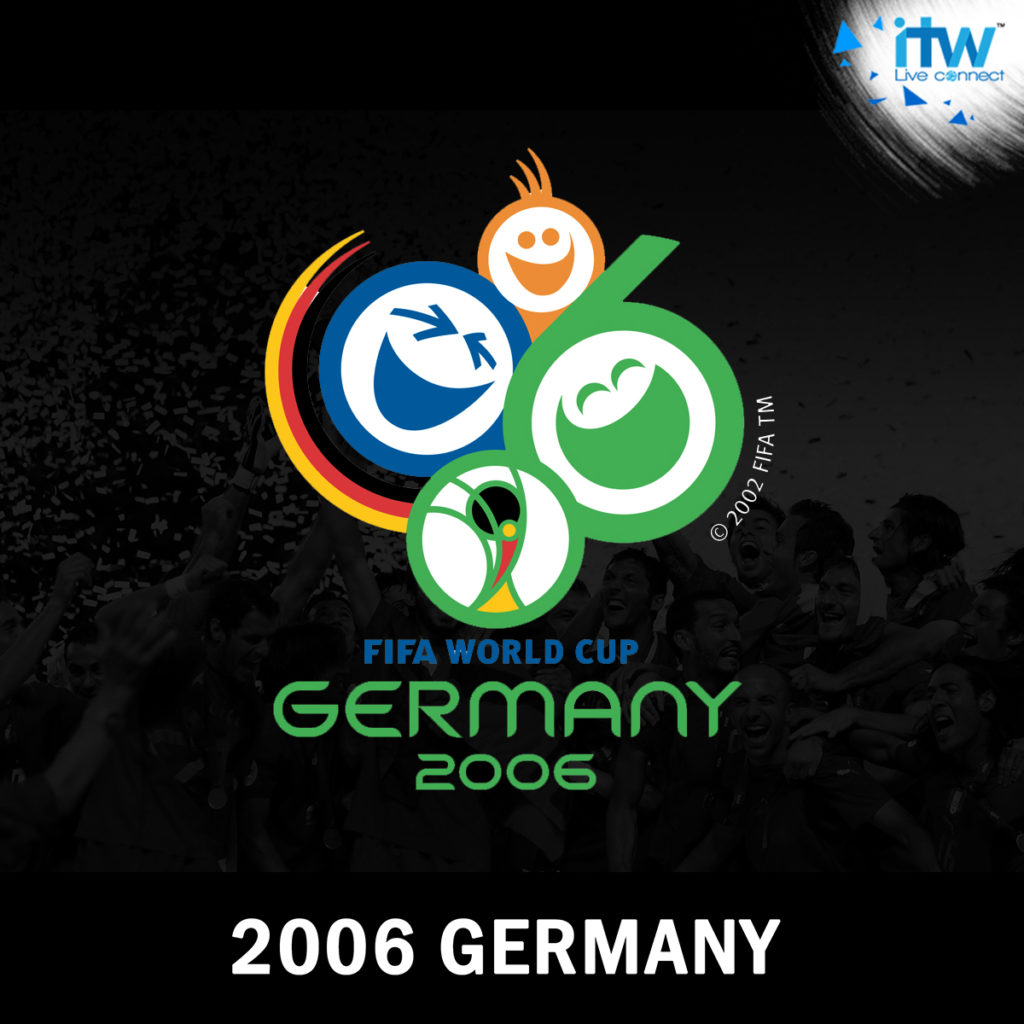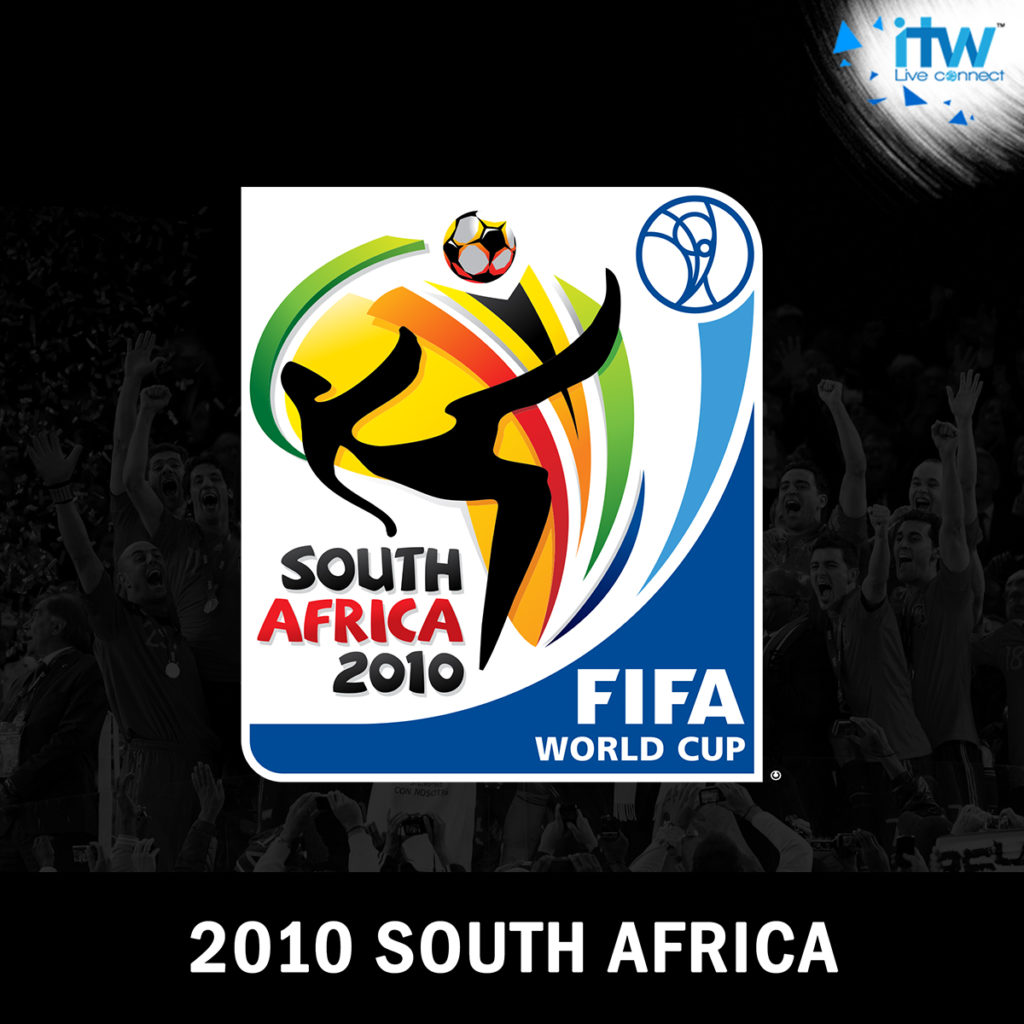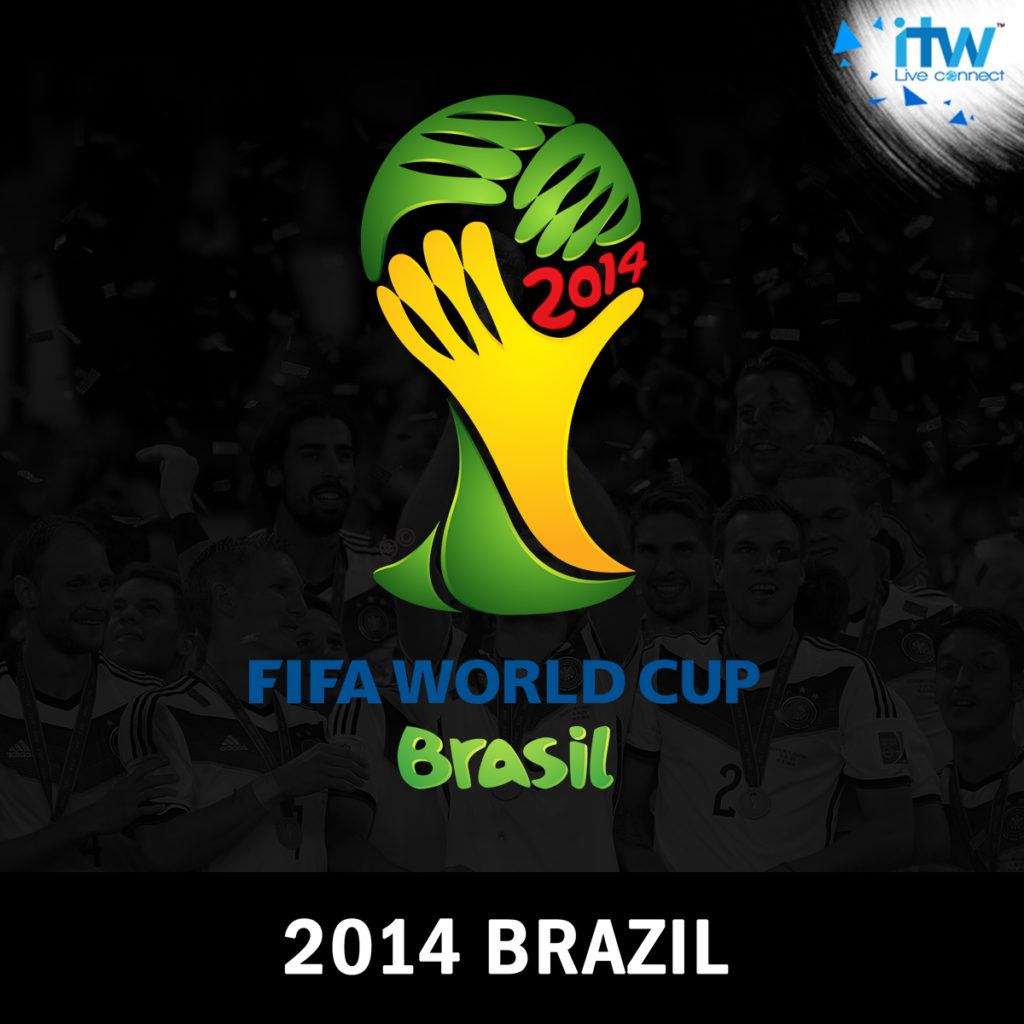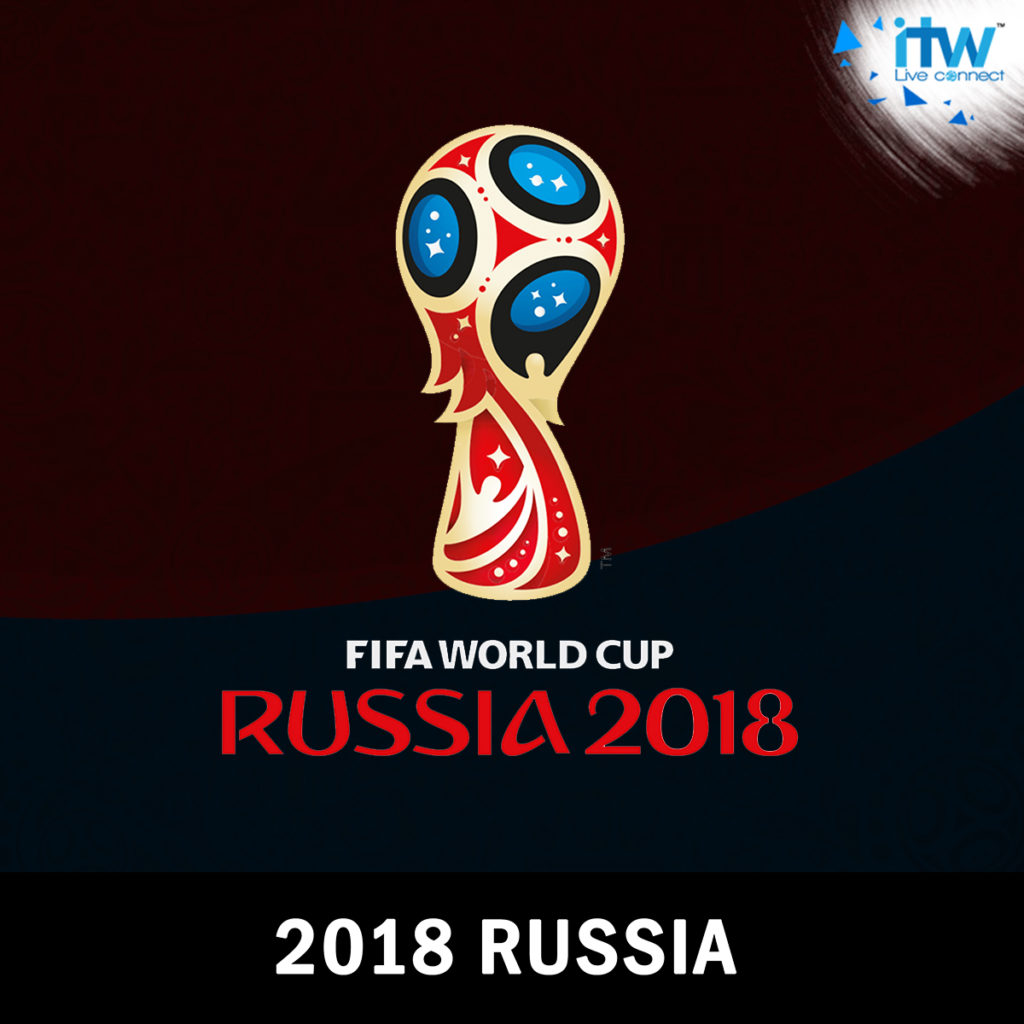
The evolution of the FIFA World Cup logo
The FIFA World Cup is the crown jewel of global football. Over half the world tunes into the universal frequency and turns this beautiful game into an emotion. The FIFA World Cup hosts the largest gathering of a live audience. All borders are erased while they watch and cheer the battles that ensue on the fields of green, while the likes of Messi, Ronaldo and Reus play to bring glory to their motherland. The world is now witnessing the 21st World Cup hosted by Russia. Of the grandiose festivities, a remarkable symbol is the logo of the 2018 FIFA World Cup. It simply consists of the outline of the trophy and an intricate design with the inclusion of the colours red, blue and gold. These colours are meant to represent the Age-Old Art Techniques that originated in Russia. The logos have varied for each World Cup and have been inspired by various aspects that are dear to the host nations. This is a brief history of the FIFA World Cup logos.
The first World Cup was hosted by Uruguay in 1930. The peculiar poster that was designed for this competition consisted of a goalkeeper stretching out to make a save. This was created in an abstract design represented the various movements that were happening then. This poster went on to set the trend for the World Cups to come and practice has it that each World Cup has its own unique design for a poster.
The 1934 edition took place in Italy. The poster designed for this World Cup took after the classical poster form as the previous event. It consisted of a strip of the flags of nations in the background, while an Italian player is about to take a shot.
The 1938 World Cup in France had a player with his foot atop a football that was resting on a globe, depicting ‘the World is at your feet’. The Championship wasn’t held in the year 1942 and 1946 due to the Second World War.
Brazil hosted the World in 1950. The poster consisted of a leg covered in stockings bearing the flags of all the nations participating in the World Cup. The poster symbolised all the countries playing football to win the World Cup.
The 1954 World Cup hosted by Switzerland made a mark with a minimal poster design. The Swiss flag embedded on a football and the football enclosed by the world represented the nation of Switzerland hosting the World Cup and the sport as a Worldwide one.
The 1958 World Cup in Sweden, 1962 in Chile and 1966 in England all had their own versions of the posters for the extravagant event, which displayed the national symbols of the host countries with the usage of colours from their flags.
The 1958 World Cup in Sweden, 1962 in Chile and 1966 in England all had their own versions of the posters for the extravagant event, which displayed the national symbols of the host countries with the usage of colours from their flags.
In 1970, the world cup was hosted by Mexico and FIFA came up with the official logo for the world cup. The design is a simple football with the words “MEXICO 70” at the bottom of the football. This was the mark of a new trend in which the world cups to come would adopt an official design for their logo.
The 1974 world cup was held in West Germany with the inclusion of West Berlin. The logo design consisted of a football against a field of green and the characters, “WM 74”. WM stood for Weltmeisterschaft which in German mean, World Cup. In this year, the now world cup trophy designed by the Italian sculptor Silvio Gazzaniga was awarded to West Germany.
The World Cup was hosted by Argentina in 1978. The logo designed was quite simple with white and blue stripes running around a football. The stripes were derived from the Argentine flag.
The 1982 World Cup in Spain followed a similar path with the Spanish flag inspired colours running behind a football.
Mexico hosted the 1986 world cup. The logo for this world cup consisted of a red and white football with the western and Eastern hemispheres of the world on either side and the words “MEXICO 86” written in green. The choice with colors was derived from the national Mexican Flag.
The 1990 logo constituted of blocks in green, red and white, depicting the colors on the Italian National Flag, that formed the figure of a man playing with the ball. Below it was the name of the country and the year ‘90’ written in black.
The 1994 World Cup in the USA had a poster constituting of football and stripes. The red and blue colors represented the American flag with red stripes and blue background based white stars. The intersection of the blue ball through red stripes showcased the United State’s pride in hosting the year’s world cup.
The 1998 world cup was hosted by France and their design was colored with inspiration from the French national flag. It consisted of a football rising from the horizon of a blue planet with the words “FRANCE 98” written beneath.
The 2002 World Cup hosted by Korea and Japan came up with a remarkable logo which had geometric asymmetry. It consisted of the World Cup trophy shape in an asymmetrical design with various colors which represented the artistic principles and traditions of Korea and Japan.
The 2006 World Cup hosted by Germany conceptualized a logo with happy smileys and the number 06 representing the year. It also had the tricolors from the German national flag and smiley faces represented the relaxed, cheerful character of the upcoming FIFA World Cup.
South Africa hosted the 2010 World Cup. The poster designed shows a man taking bicycle kick and the colors in the backgrounds represented the South African flag and the African continent as a whole.
The 2014 World Cup hosted by Brazil devised a poster that had the outline of the trophy and it looks like three hands enclosing a ball. The colors yellow and green represent the colors from the Brazilian flag.
The beautiful artworks inspired and designed for the World Cups have deeper meanings but they all communicate the one universal emotion that is football. This is the story behind the drawings that add to the stories of the FIFA World Cup and a memorable story in our lives.

